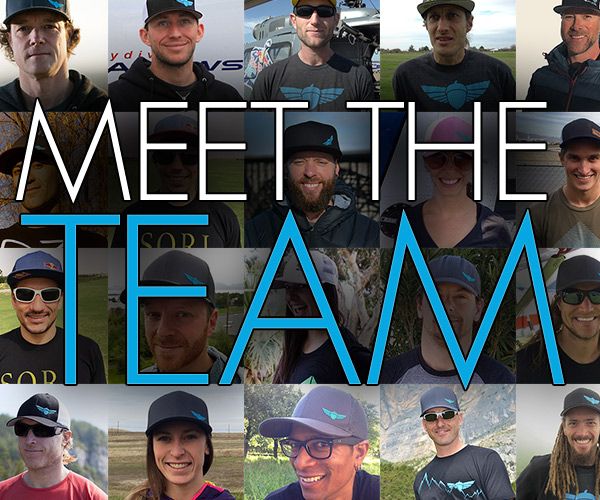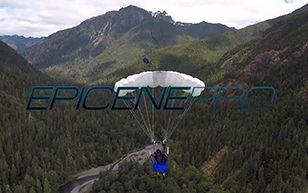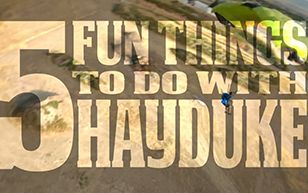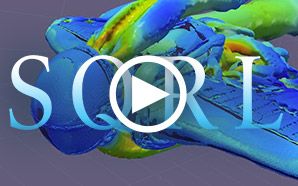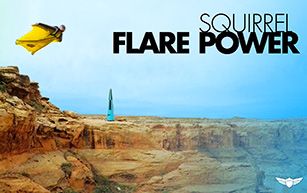WS Progression 4: Making it Back Alive
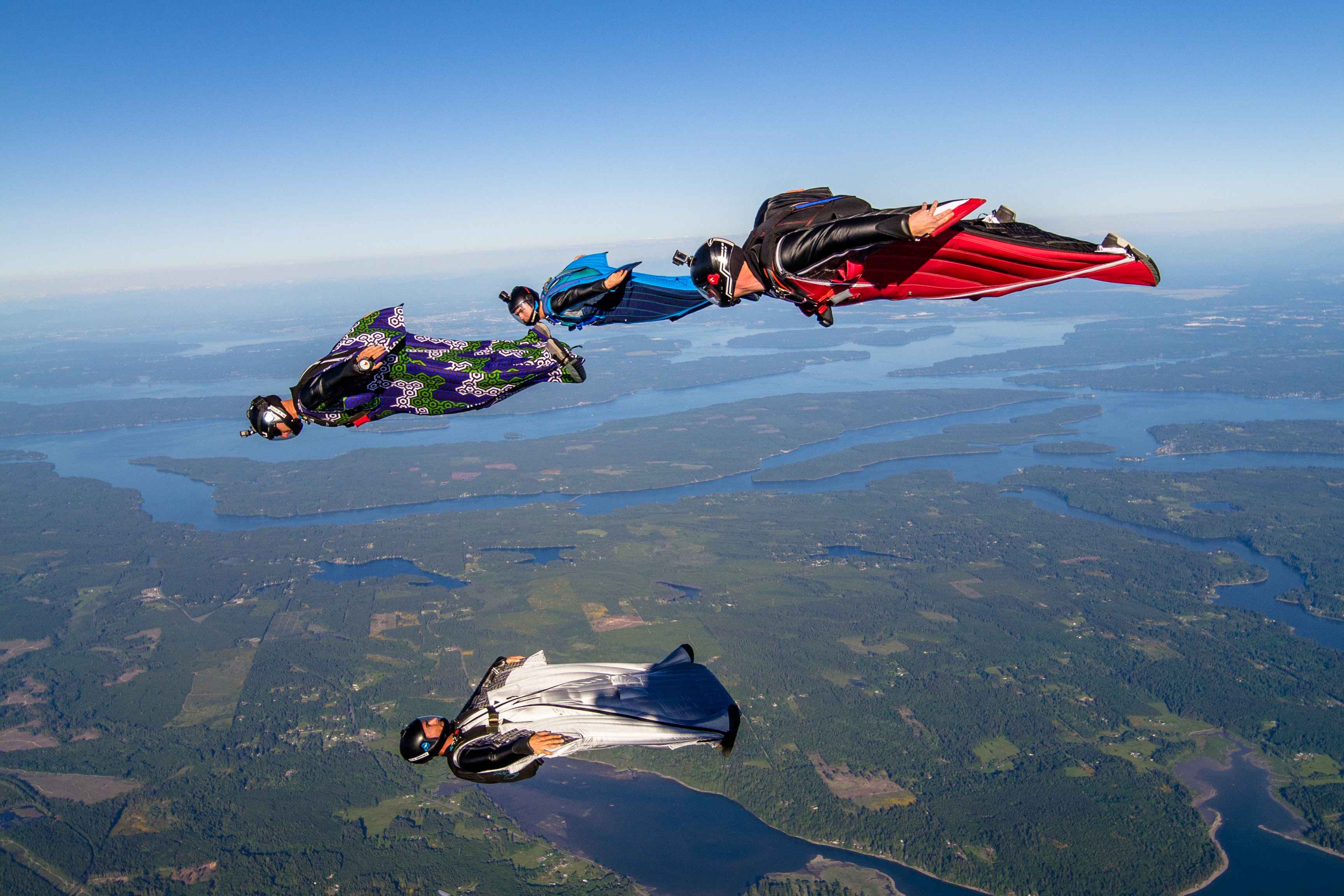
Making it Back (alive and well)
Wingsuit flying is complicated, and requires a significant amount of training, education, practice, and dedication. It makes a horrible closet sport, and isn’t something that you can just do a little here and there, and do well at. It deserves respect, and your full attention. Your life's on the line… along with the lives of others.
A wingsuit skydive presents us with many opportunities to make fatal errors - fatal to ourselves and to others. Don’t kid yourself about the risks to others: If you mess up in this sport, you can kill someone, and it has happened before.
Beginning at exit, tail strikes are our first concern. As previously covered, this is a joint effort between the wingsuit pilot and the aircraft pilot, with the wingsuit pilot being the final and overriding factor (If aircraft settings are incorrect, do not exit the plane, it's that simple (except in emergency and when directed by the pilot).
In order to plan your flight safely and open in the right area, you must know the wind conditions at exit, opening, and surface altitudes, before making your dive plan. You must also know what the non-wingsuiters on your load are planning to do. It’s easy to “land off” in a wingsuit, and many wingsuiters don’t take this seriously enough.
Things Wingsuiters Should Take More Seriously
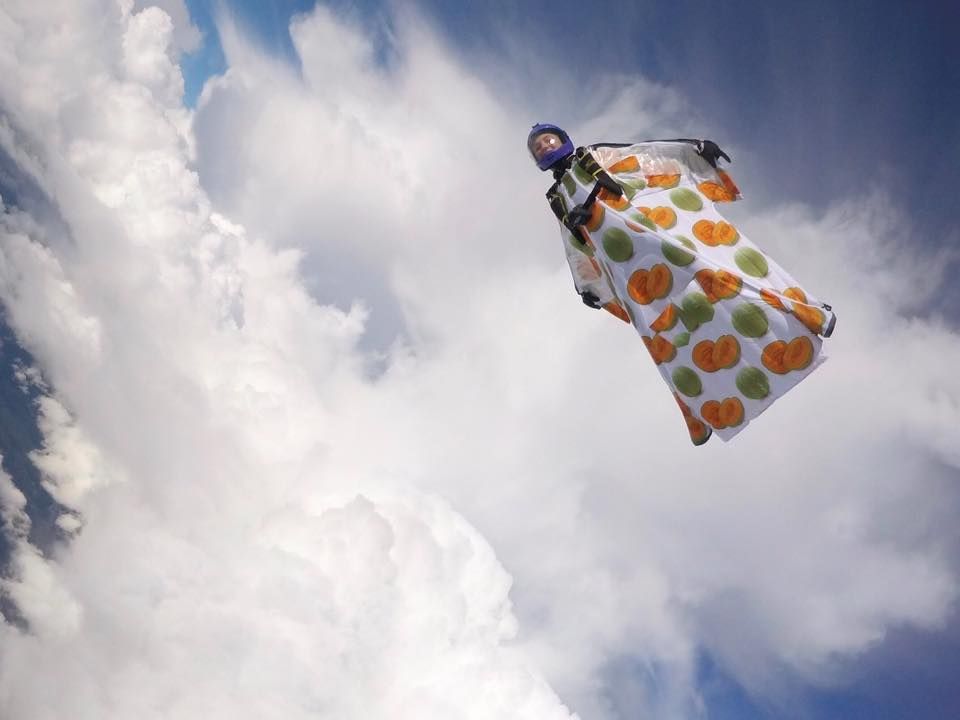
If you want to set up a careful fly-by of a friend, and you both have the experience to plan and execute it carefully, then go for it. But keep in mind that there have been too many close calls involving wingsuiters flying by each other, and going low to do it. An impromptu pass that you set up at 4,000 feet and complete at 2,500 feet doesn’t leave much altitude left for a safe deployment.
And while it’s generally a bad idea to do casual buzzes of our friends, remember that USPA BSRs prohibit fly-bys on students and tandems, planned or not.
Wingsuit Deployment Series
This article is one of a 4-part series by Matt Gerdes and Taya Weiss on Wingsuit Progression. Here are links to the other articles:

